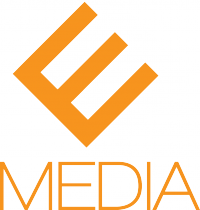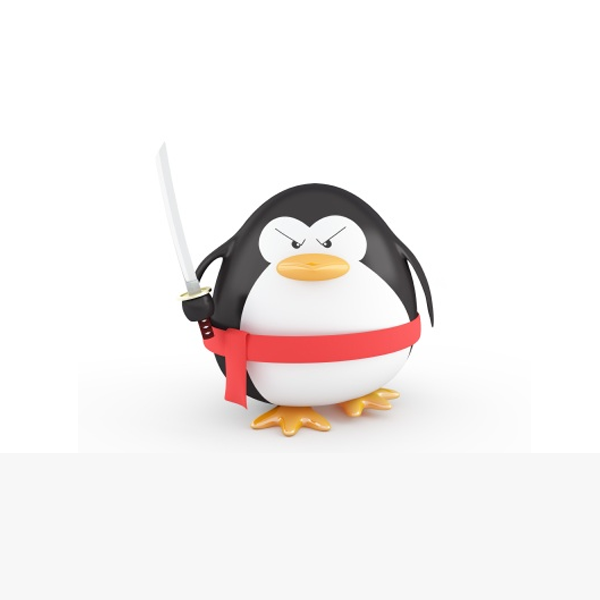You may have missed it, what with all the fuss over Google’s Hummingbird algorithm, but back in October, Google released Penguin 2.1. According to Google, this update affected about 1% of global searches, which is quite a bit for an update. So if you noticed a change in October you may have been hit. So how do you recover from the latest Penguin update?
A Penguin Refresher
Penguin’s job has always been to devalue poor links. Websites that engage in manipulative practices (should) have been hit with penalties for trying to game the system. Penguin protects against the following violations of Google’s Webmaster Guidelines:
- Forum Spam
- Forum Bio Spam
- Do-follow Links from Blogs
- Blog Comment Signature Spam
- Spammy Directory Links
- Paid Links
- Poor Quality Links
- Automated Links
- Link Exchanges
- Repetitive Anchor Text
- Text Advertisements that Pass PageRank
- Link Schemes in General
Penguin debuted in April 2012 – and has been improved over time. Here is a brief history of Penguin:
- April 2012 Penguin 1.0 – impacted 3% of global queries
- May 2012 Version 1.2 – impacted less than 0.1% of global queries
- October 2012 Version 1.3 – impacted around 0.3% of global queries
- May 2013 Penguin 2.0 – impacted 2.3% of global queries
- October 2013 Version 2.1 – impacted around 1% of global queries
Penguin 2.0 was a major overhaul, impacting the most searches since Penguin’s initial release in 2012. When it was released, Matt Cutts stated, “This one is a little more comprehensive than Penguin 1.0, and we expect it to go a little bit deeper, and have a little bit more of an impact than the original version of Penguin.”
The biggest change between 1.0 and 2.0 was how deep the spiders crawled for spam. Penguin 1.0 went no farther than the home page. But 2.0 began crawling internal pages looking for linkspam.
Enter Penguin 2.1
When Penguin 2.1 was released, Cutts said that 1% of searches would be affected. That is not nearly as much as 1.0 or 2.0, but it is surely more than the other minor updates they’ve released. So what changed?
It would appear that the biggest feature of Penguin 2.1 is its ability to crawl even deeper into sites to identify manipulative techniques. So even if you managed to clean up links to your home page and other top-level pages, the spiders are able to go even farther. And they are delving deep into the sites that link to you, so if your link builders hid poor links in internal pages on other sites, they may have escaped the spiders until now.
And What Of The Hummingbird?
So how does Penguin 2.1 fit in with Hummingbird? It is important to understand that Hummingbird was not an algorithm update like Penguin or Panda. It was an algorithm replacement. Designed to improve the search experience for users, Hummingbird is semantic. That means it attempts to infer the meaning behind searches, and allows Google to provide better results for complex queries. Penguin 2.1 is a part of Hummingbird. As Google continues to improve and change the Hummingbird algorithm, it will improve and change Penguin, as well.
Were You Hit By Penguin 2.1?
Any time Google implements a Penguin update, it’s important to watch your data for about 2-3 weeks after the announcement. Some sites will be impacted immediately. Others will see the effects over time. If, after two weeks of monitoring your Google Analytics and Webmaster Tools, you’re noticing a drop, you’ve probably been hit by the angry bird.
If you were hit by Penguin 2.1, it might be a tough road ahead, but it’s not the end of the world. There are some important steps you can take to start your recovery:
Identify the Offenders
If you’ve ever paid a company to build links for you, it’s likely that you have been or you will be affected by Penguin at some point in time. Unfortunately, a lot of link building techniques that walked the thin line between ethical and unethical got results over the years. Your link team may not engage in these practices any longer, but old links can still harm you.
The first step in recovering from a Penguin hit is to identify your offending backlinks. This can be an incredibly time-consuming effort and should only be attempted by webmasters who know what they are doing. If you aren’t well-versed in the world of backlinks, the easiest thing to do might be to hire a professional to do a link audit for you.
Clean Up Your Dirty Links
Google wants webmasters to make an attempt to manually remove dirty links from their profile before disavowing them. Once you’ve identified the bad links, you’re going to need to reach out to the website owner and ask them to remove the links. The success rate for this type of manual outreach is typically 5-20%. But before disavowing, you must make the effort.
Once you’ve made a solid effort to get the links removed, you can disavow the remaining links using Google’s disavow tool. Google has warned people that overusing the disavow tool is not a good idea. So be sure you’re putting a good-faith effort into manual removal.
Submit a Reconsideration Request (If Applicable)
If you were slapped by Penguin alone, you don’t need to submit a request. If, on the other hand, you received a manual penalty in your Webmaster Tools, you will have to. This process can either be fast or incredibly slow and painful. There’s no real rhyme or reason to it, so try to stay patient.
Pick Yourself Up and Move Forward
Recovering from a Penguin hit is no picnic. Many gun-shy webmasters avoid link building all together after a penalty. But backlinks from authoritative websites are still a critical piece to the ranking puzzle. Instead of building links, move forward by earning links.
You can do that by establishing relationships with influencers in your industry. Start socializing with them on Facebook, Twitter, Google Plus, YouTube, and their blogs. Don’t spam them. And don’t harass them. But leave thoughtful and insightful comments.
Focus on publishing content that is worth sharing. As influencers recognize your name and get to know you, they’ll be more likely to share your content. But only if it’s good. Every blog post, white paper, video, infographic, and social post should consider your audience. Commit to educating and entertaining your readers. Instead of focusing so much on your rankings, focus on earning new visitors.
Don’t Give Up
Getting hit by Penguin can be devastating, especially for those who got hit because they paid an outside company to handle their SEO. Google doesn’t care about your intentions, they only know what their robots tell them. So even if you never meant to break any rules, your website can go from thriving to hanging on by a thread overnight. If you’ve been hit, it is important not to give up. Take inventory of the situation and create a plan for moving forward. Don’t ever rely solely on Google for your traffic. Diversify your efforts and strive to make real connections with your audience to prevent a webspam disaster.
Were you hit by Penguin 2.1 or any of the other link spam updates? How did you recover? Let us know in the comments!


Once the site is affected by the penguin update then, it is very difficult to recover.. It takes very long time to recover.. There are some penguin recovery services like link removal service, google penalty removal service, etc..